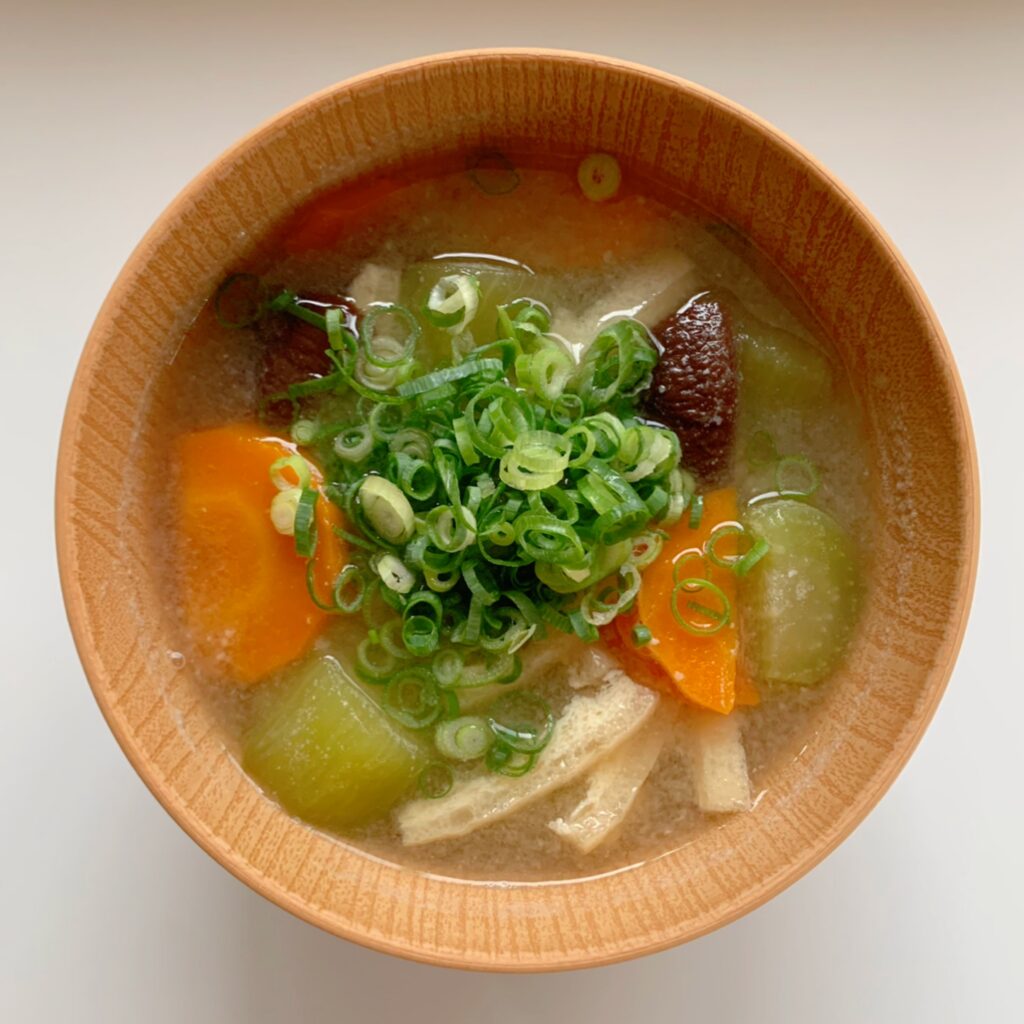
みそ汁(miso shiru)
What kind of dish is misoshiru??
Miso soup is a staple of Japanese breakfast. You can use any kind of ingredients such as tofu, seaweed, vegetables, and eggs.
Rice and miso soup, salt-grilled salmon, tamagoyaki, and sausage are what we call the “ideal breakfast.”
In the past, households used to make dashi stock from bonito flakes, dried sardines, and kombu seaweed, but nowadays, dashi stock granules is often used.
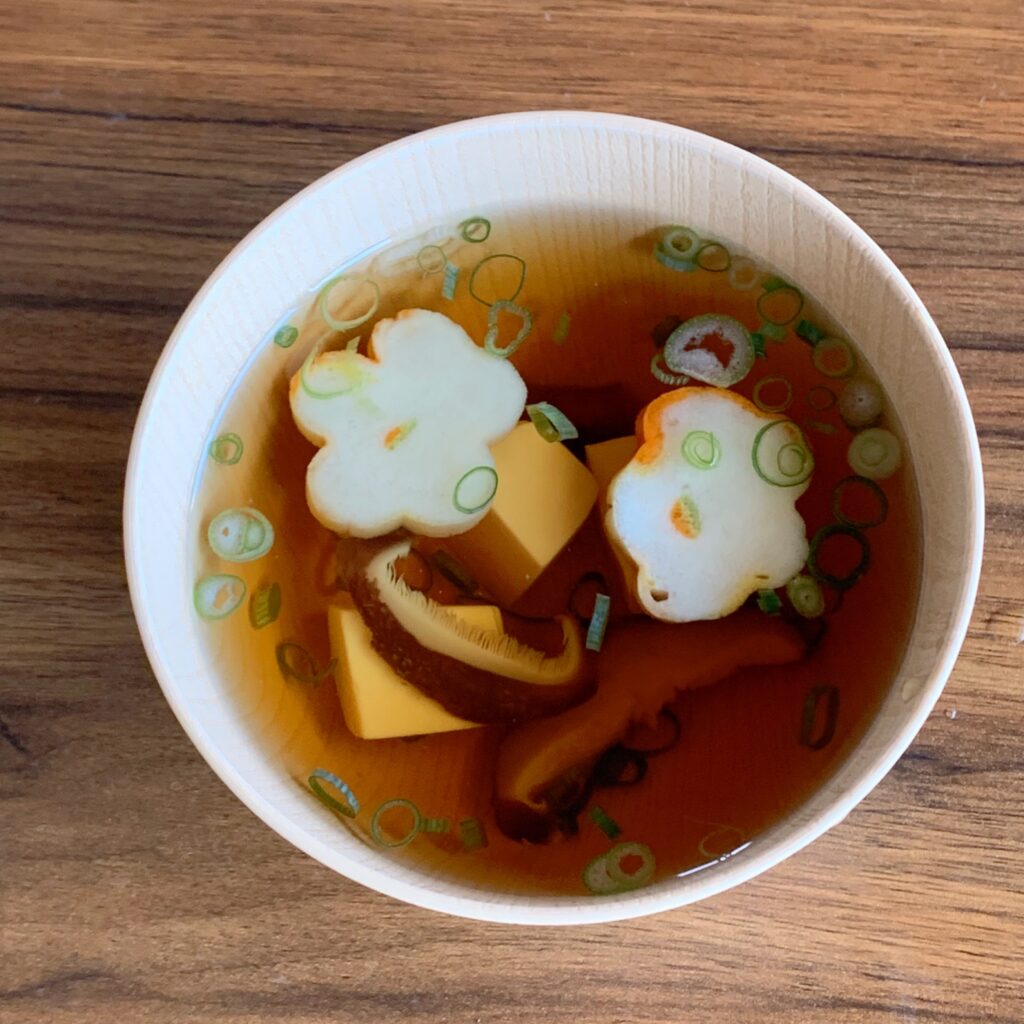
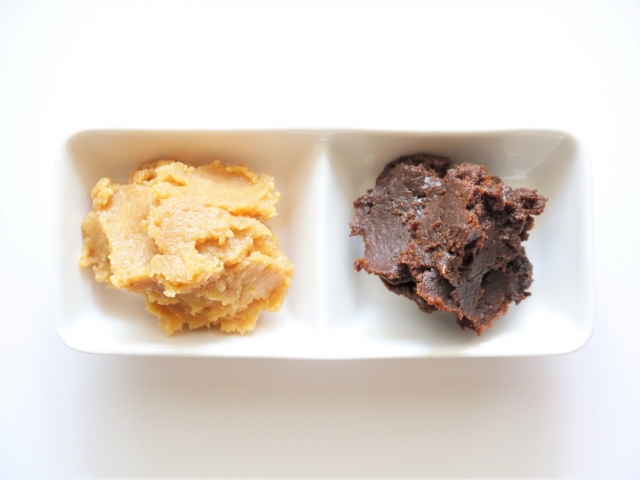
About soy beans
Soybeans have been called “meat from the field” because they are rich in protein.
Protein, an important component of the body, is made up of 20 types of amino acids. Of the 20 types of amino acids, 9 essential amino acids cannot be synthesized in the body and must be obtained from food.
It is well known that amino acids play an important role in muscle strengthening and growth.
Japanese cuisine tends to be centered on grains and low in animal protein. In addition, rice, the staple food of the Japanese, is low in the essential amino acid lysine, while soybeans are rich in lysine.
On the other hand, soybeans are low in the amino acid methionine, while rice is rich in methionine.
Therefore, when rice and soybeans are eaten together, they can make up for each other’s deficiencies in terms of amino acid balance.
Meals that combine rice and soybeans, such as rice and natto, or rice and miso soup, can be evaluated nutritionally.
In addition, isoflavones, one of the components of soybeans, have excellent antioxidant properties and act like female hormones.
If you are concerned about osteoporosis, hypercholesterolemia, or menopausal symptoms, you should actively eat soybeans.
It’s better to eat soy on a daily basis rather than eating a lot at once. The recommended amount is about 50g of soybeans per day.
NUTRITION FACTS : Easy Miso Soup Using Dashi stock granules
78 kcal Protein 4.5g Fat 2.3g Carb 12.3g Salt Equivalent 2.6g
INGREDIENTS : Easy Miso Soup Using Dashi stock granules (4SERVINGS)
- green onions 20g
- eggplants 230g
- carrots 70g
- water 800g
- shiitake mushrooms 3g
- deep-fried tofu 15g
- dashi stock granules 8g
- miso 70g
⋈*My favorite “Fundokin mixed miso”. I like that it is sweet and not salty. ⋈*The dashi granules that I usually use are “Hondashi bonito flavor”. Although it is a little expensive, “Kayanoya Dashi” is also delicious.
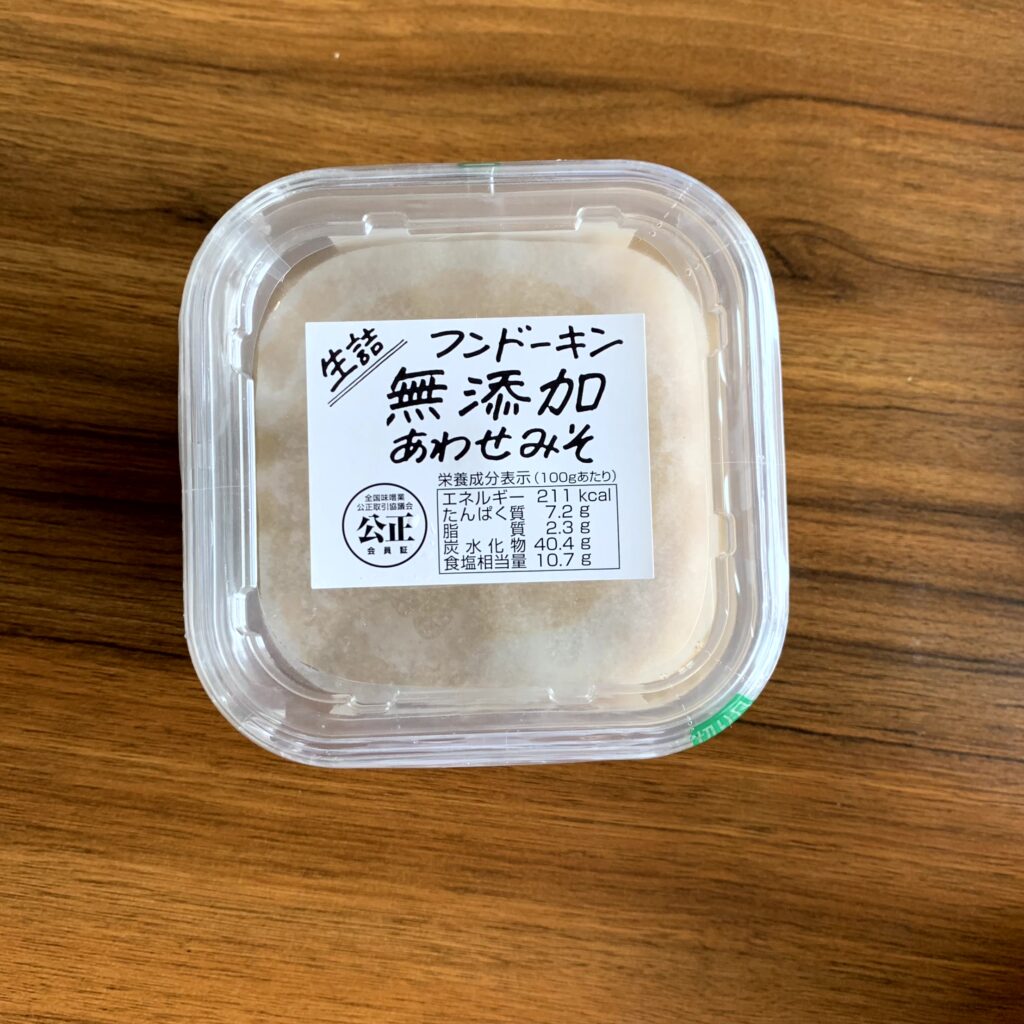
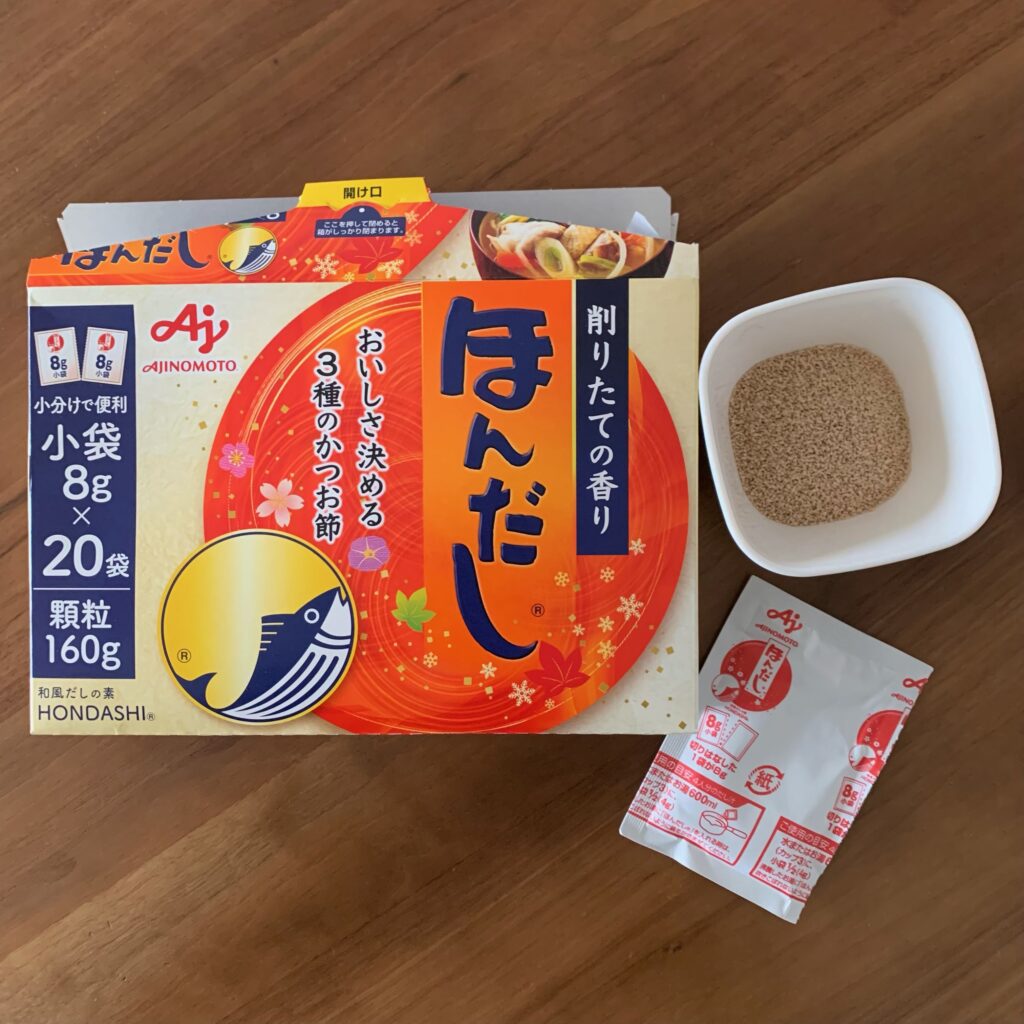
How to make Easy Miso Soup Using Dashi stock granules
- Cut the green onion into small pieces.
- Peel the eggplant and cut into pieces.
- Cut the carrot into half-moon slices.
- Put eggplant, carrot and water in a pot and heat until soft.
- Cut the shiitake mushrooms into appropriate sizes.
- Cut the fried tofu into thick strips.
- Add shiitake mushrooms and fried tofu to the pan.
- Mix dashi stock granules and miso. Thoroughly dissolve the miso.
- Add the miso and bring to a boil, then turn off the heat immediately.
- Add green onions.
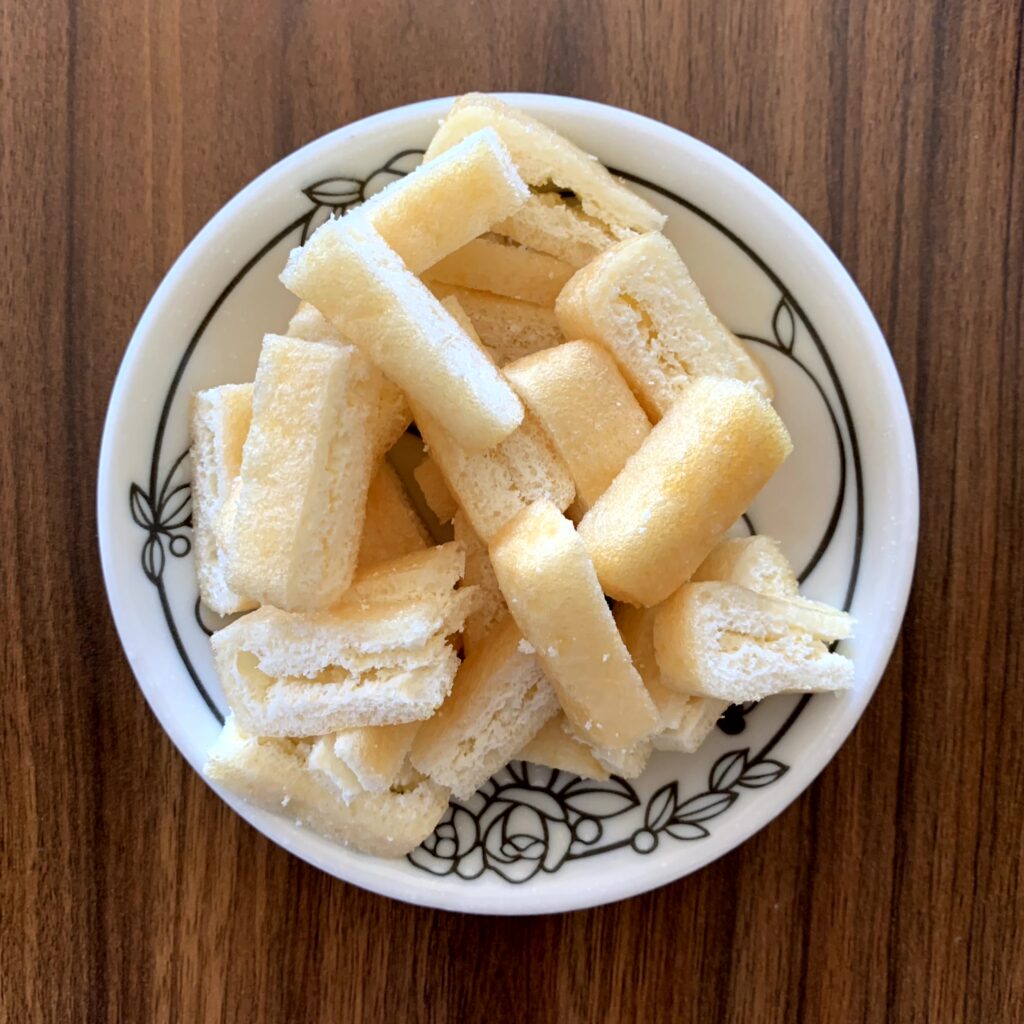
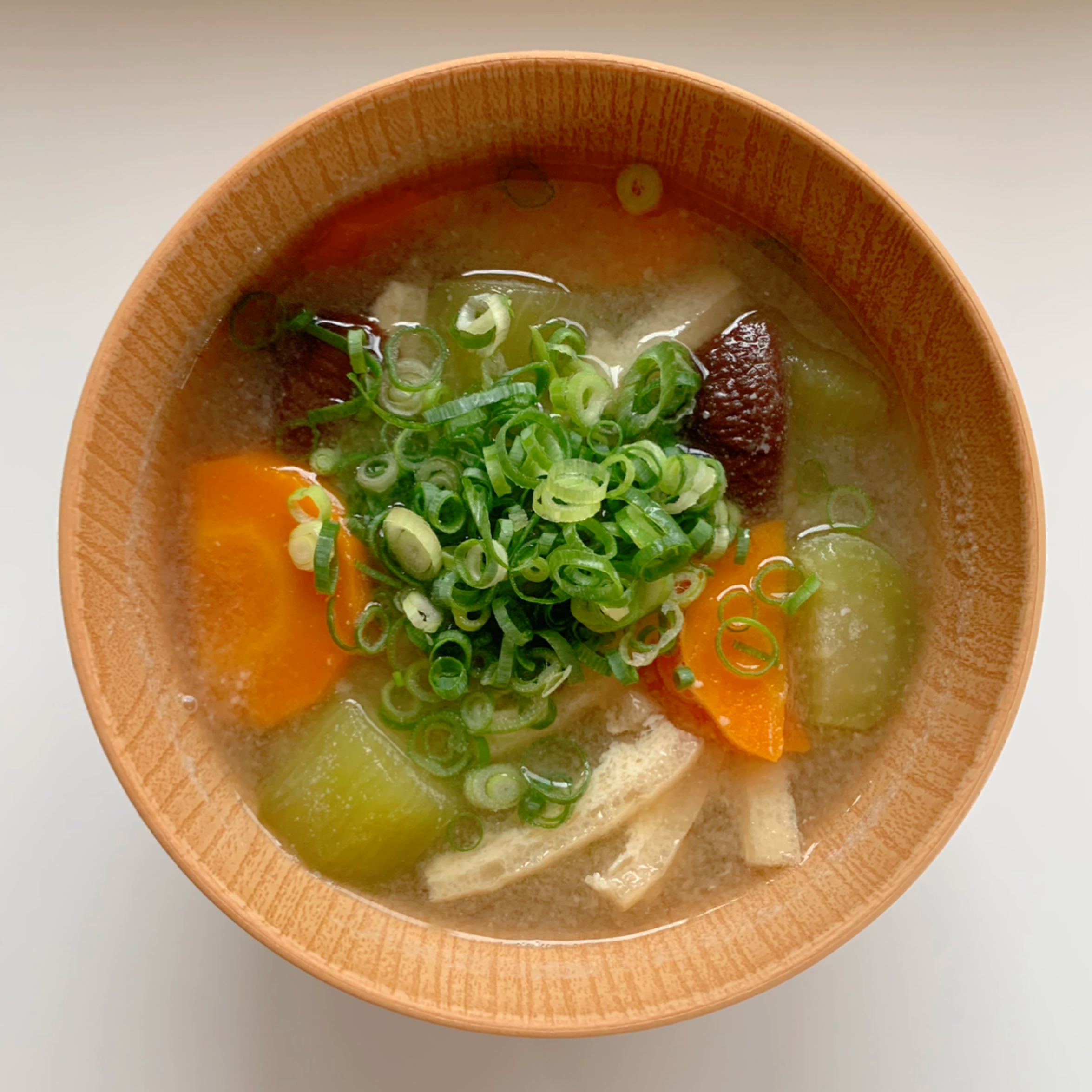
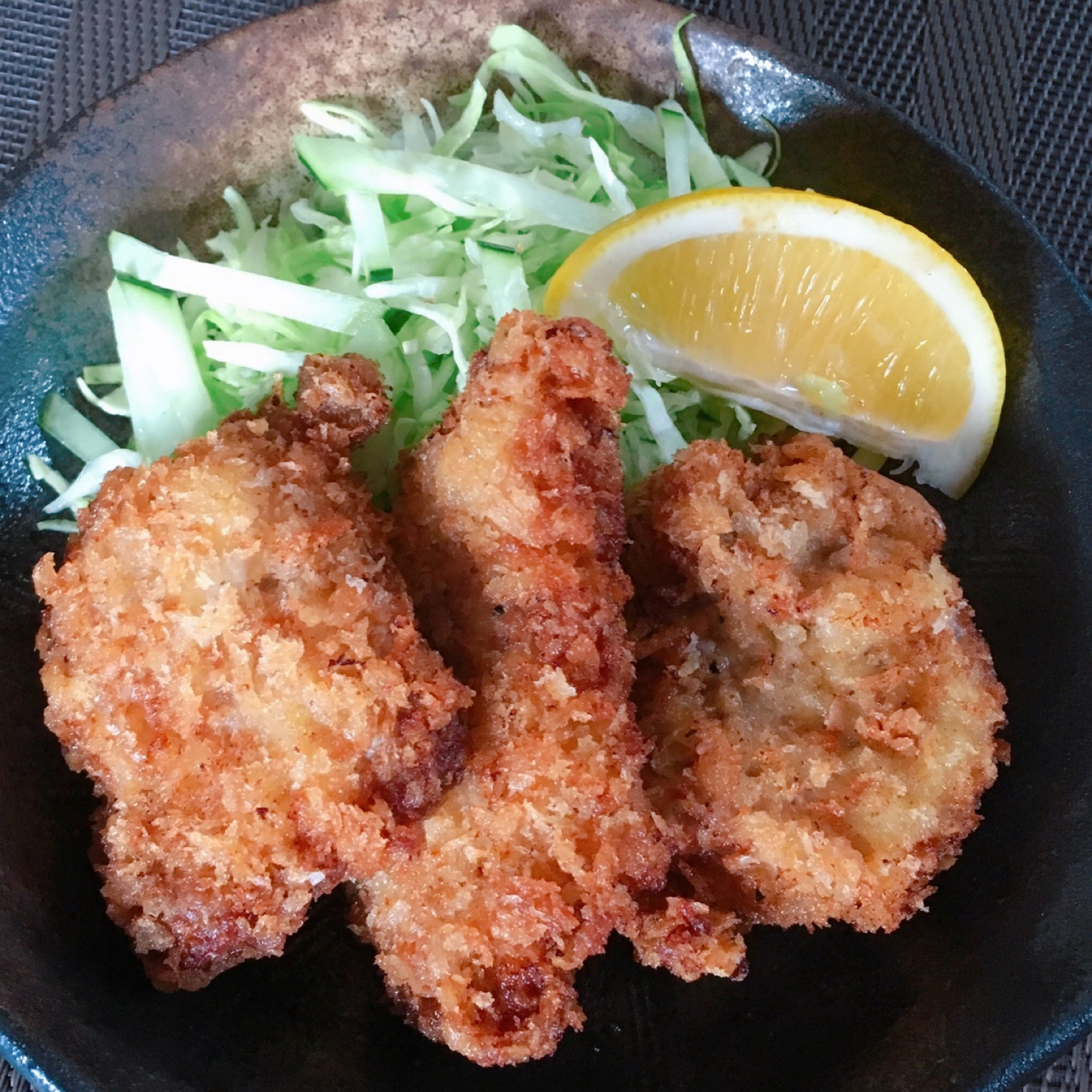
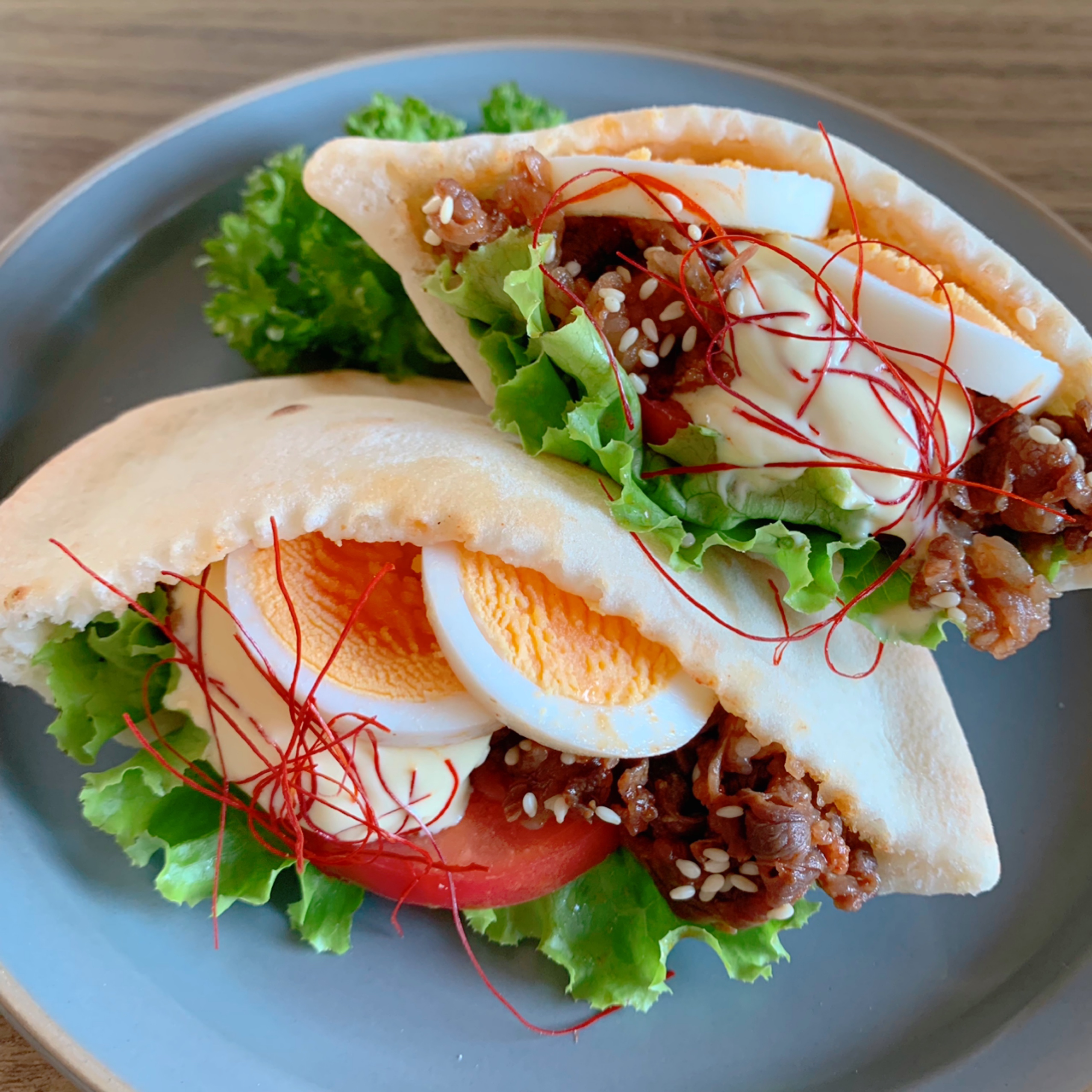
コメント